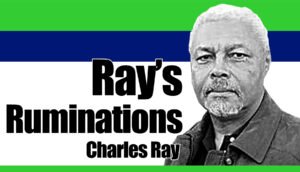• A.V. DEL CARMEN
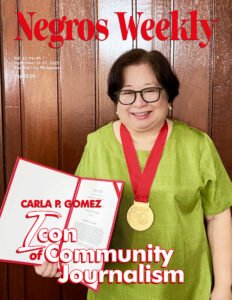
Just weeks after the Visayan Daily Star opened in April 1982, my Associate Editor Mitchell Duran said that his classmate at Silliman is interested in applying as a reporter.
The newspaper was in need of a full-time reporter since our writers then were only stringers – who were being paid for every news item they contributed – as they were fully employed by broadcast establishments.
Mitchell’s classmate came for an interview and was readily accepted as her bio information readily gave the tick marks for the immediate qualifications – a Bacolod city resident and one who is academically-trained in journalism. Carla earned her Bachelor of Mass Communication degree from Silliman, four years after completing her high school studies in the same institution in 1978.
Our editorial team of three – with the encouragement of our corporate founders led by Ninfa Leonardia, and the commitment of our stringers – worked through the birthing pains of the paper until it gradually gained ground and became a media byword. Eventually, Mitch and I pursued other professional interests (although I returned later until it closed down in October 2020 and reopened months later).
***
That summer of 1982 began the professional journalism journey of Carla Camille Padilla Gomez that has spanned more than four decades, leading to various milestones and achievements.
These milestones include the VDS editorship and a continuing writing job since 1986 with the Philippine Daily Inquirer as well as being a member of the Rotary International Group Study Exchange Team in England with side trips to Wales, Paris and Amsterdam.
While on leave from the DAILY STAR, she had the opportunity to study at the University of Arizona, where she earned a Master’s degree in Journalism in 1986. She also participated in a Singapore training for women editors.
Carla had shared her expertise to media students with her part-time teaching stints at the University of Negros Occidental – Recoletos and the University of St. La Salle.
***
Few journalists in the region have had the opportunity to interview all Philippine presidents since the administration of Corazon Aquino.
She immortalized their memories in her photo albums as well as her collection of pig items, some of which were personally signed by them – and also named after them: “Red Pig BBM”, “Yellow Noynoy”, “Yellow Ribbon in a Box Cory”, “Angry Gloria” and the “Bejewelled Ears Imelda”.
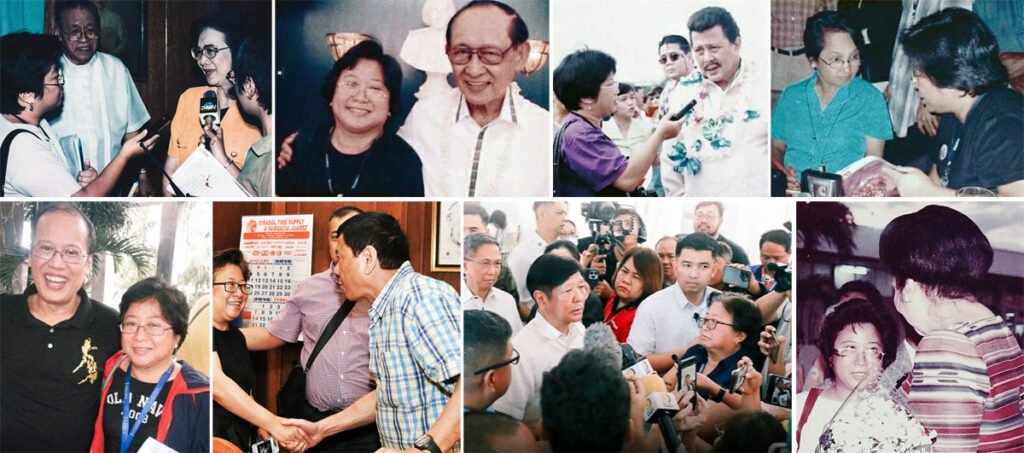
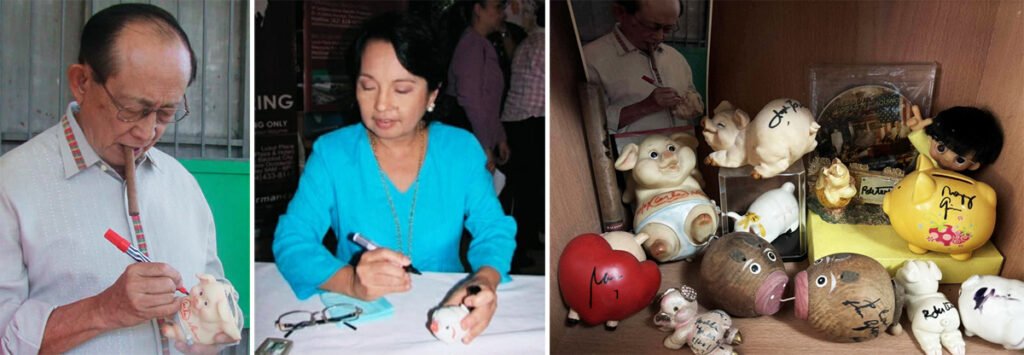
“What about the Angry Pig?”
Carla recalled that getting the signature of well-known personalities had been fun “because they have often have amused looks on their faces when they do.”
But on one occasion, a press conference, she said, President Arroyo was visibly irked. “She did not like the first question raised by a reporter that she said, “If that is the kind of questions you are going to ask, I am leaving.”
Upon hearing what the president said, Carla hurriedly said she pulled out her pig and approached her: “Ma’am, Ma’am can you sign my pig first?”
She sat down again to sign it and you can tell from the signature that she was angry, Carla said, adding, “but then she stayed to continue the press conference.”
At another time earlier, Carla recalled that she was in the office of Bishop Antonio Fortich, who was expecting President Ramos’ visit. She wanted to interview him and, yes, request him to sign her pig.
Reluctant, however, that her presence would disrupt his meeting with the bishop, she told the prelate that she would wait outside the office instead. “No,” he replied, “here’s a cigar, ask him to autograph it (both men were known as cigar smokers).”
She did as she was told when the president arrived and got both an exclusive interview and the chief executive’s autograph she wanted.
Celebrities who signed her piggy items include Kris Aquino and Manny Pacquiao.
She has kept the signed piggy items but she eventually stopped her collection due to space problems. Many of the stuffed pigs were donated – through the Negros Volunteers for Change – to children in evacuation children and to the Sagay Museum for Children. “I figured it’s better to make kids happy than hoard them,” she said.
“But why pigs among many items?”
“It all started as a joke. I was getting chubby and planter-businessman Ed Alunan gave me my first pig and the collection grew,” replied Carla, who has maintained her “carla piggy” account in an email platform.
More than her interest in piggy items, Carla is known for her enduring love for dogs.

In the news room, she would earnestly update colleagues of the domestic activities of Rover, Gertrude, Samantha, Amidala and Michiko, who all have already crossed the Rainbow Bridge.
Now, she only has Q (a rescue dog) and Sydney, who is the first dog in Bacolod City given an official identification card by the city government under its dog welfare program.
***
She considers the Negros Nine case as the most remarkable and gratifying media coverage she had through the years.
In 1983, three priests – an Australian, Irish and Filipino – and six local lay leaders faced trumped-up charges on the death of a mayor and his companions.
The court proceedings and imprisonment lasted for over a year attracting global attention and media coverages until they were released in July 1984.
Carla as a DAILY STAR reporter, was tapped by the then United Press International and the Japan-based Jiji Press to update their global readership of day-to-day developments on the case.
“The Negros Nine case not only had an impact on Negros but on the country’s international relationships,” she said, adding: “Because aside from looking for a story, we wanted to make sure they were okay and not salvaged.”
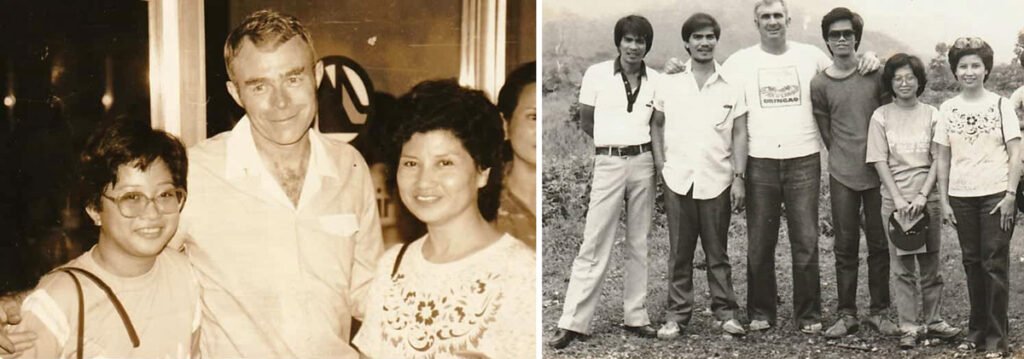
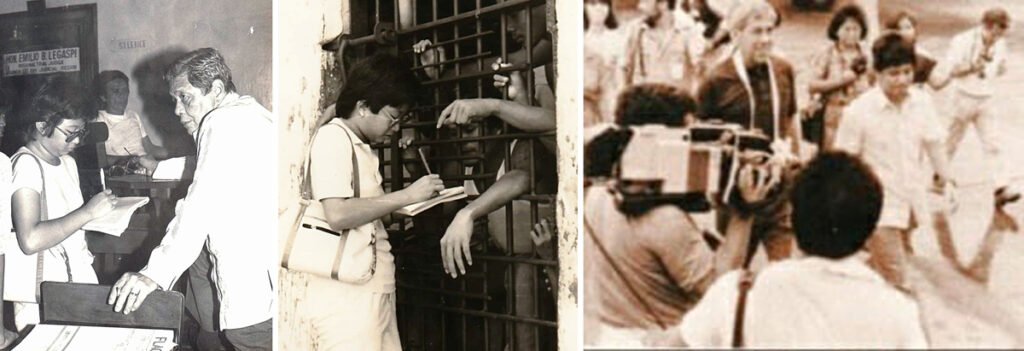
She said that the idea of writing for an international audience did not cross her mind when she was still a student although she had hopes then that one day she would do so for a national paper.
“I also learned a lot from the international journalists covering the trial,” she further said.
As a hardworking reporter, she was ready to cover anytime, anywhere – including on rugged terrains, like the 1990 abduction by rebels and release after 50 days of captivity of two foreigners – an American Peace Corps volunteer and a Japanese aid worker.
The occupational hazard took its ugly form when Carla had a near-death experience with media colleagues while returning from a Christmas ceasefire-related coverage in Barangay Magballo in Kabankalan on Dec. 16, 1999.
On their way back to Bacolod City, their jeepney flew off a steep road and hit a tree that prevented it from falling down a slope at Sitio San Jose in Barangay Salong.
The mishap claimed the life of RMN’s Raymund Dela Luna. Carla sustained face and arm injuries, which led to her hospital confinement for about a week.
***
On Aug. 28 this year, Carla was honored, during a Foundation Day ceremony, as one of Outstanding Sillimanian Awardees. The award is the highest honor annually bestowed by the Silliman University to alumni for their significant contributions in various fields.
Carla, who was nominated by the Silliman Alumni Association, Inc., Greater Bacolod Alumni Chapter, was cited for her achievements in the field of community journalism.
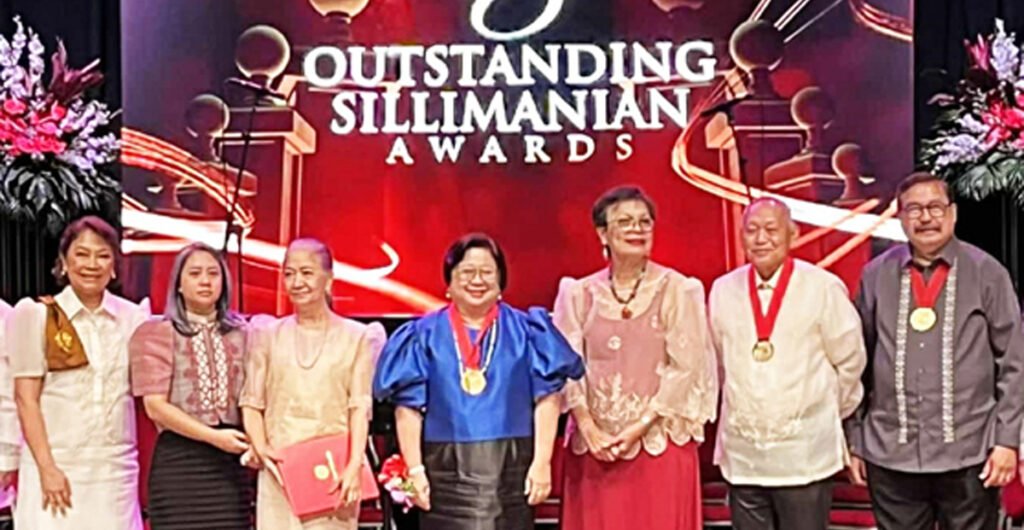
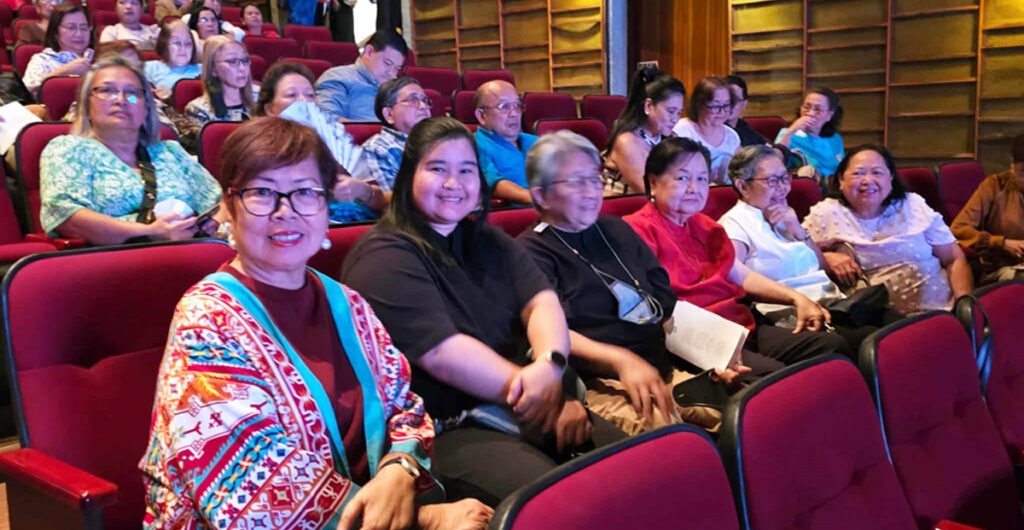
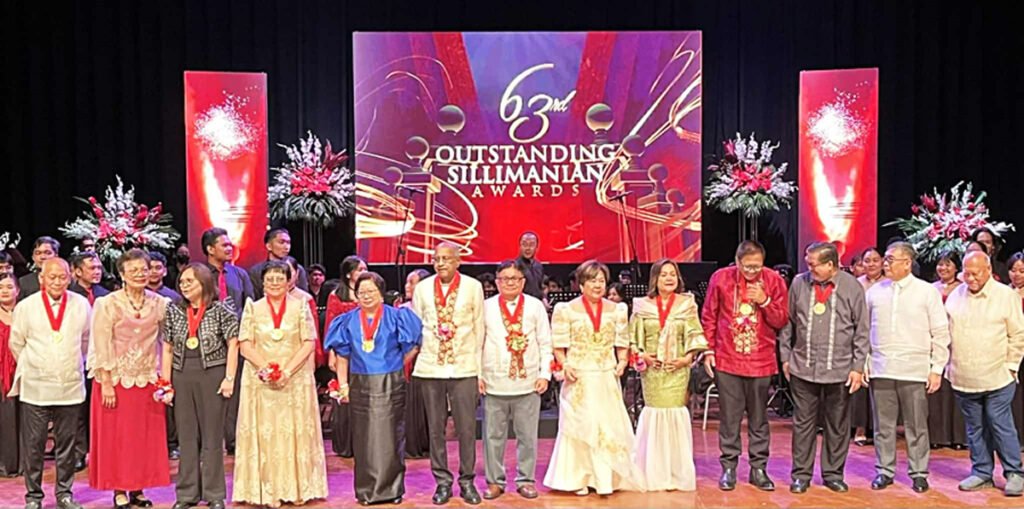
Looking back to her Silliman days, she said getting the alumni award never crossed her mind. “I was just a happy student with lots of fun, especially going on weekends to Silliman Beach,” she recalled.
In her newspaper work, however, opportunities came that led her to perform civic duties, like helping others, especially the needy, while maintaining her functions as a journalist.
Silliman, in its website, cited her – as described by mentors and peers as “ethical, courageous and mission-driven” – (for embodying in her profession, the “Via, Veritas, Vita (the Way, the Truth and the Life)” motto of the university.
“Her work is not just a profession but a ministry grounded in the conviction that journalism must uplift lives and bring about justice,” the SU website said.
The university also pointed out that in more than four decades, Carla has made remarkable contributions to Philippine media not only as a DAILY STAR writer and editor but also as Negros-based correspondent of the Philippine Daily Inquirer for almost 40 years now and, presently, as editor of the widely-followed Digicast Negros.
For her dedication to truth-telling and nation-building, she is deserving of the award, the website said as it also highlighted her role in Digicast Negros: “She continues to write stories that give voice to the marginalized – from orphans and the elderly to victims of injustice and poverty.”
It further wrote: “Her investigative and human-interest stories have appeared in major national dailies and international news agencies,” as it further noted that Carla has also “co-authored and contributed to significant publications, including Dr. Ramon B. Gustilo: Heart of the East, Tempo of the West and Negosyo: Inspiring Stories of Women Entrepreneurs.”
***
Negros Weekly interviewed Carla a week after receiving the Outstanding Sillimanian Award. Our Q&A:
What made you decide to study journalism?
I enjoyed writing when I was in high school and hated math.
Please share with us the highlights of your student days at Silliman.
As I said in my acceptance speech, at the SU School of Mass Communication, now the College of Mass Communication, Dr. Crispin Maslog and the rest of our professors taught us not to just chase the scoops that land on the front pages of newspapers but to write stories that make a difference in our communities.
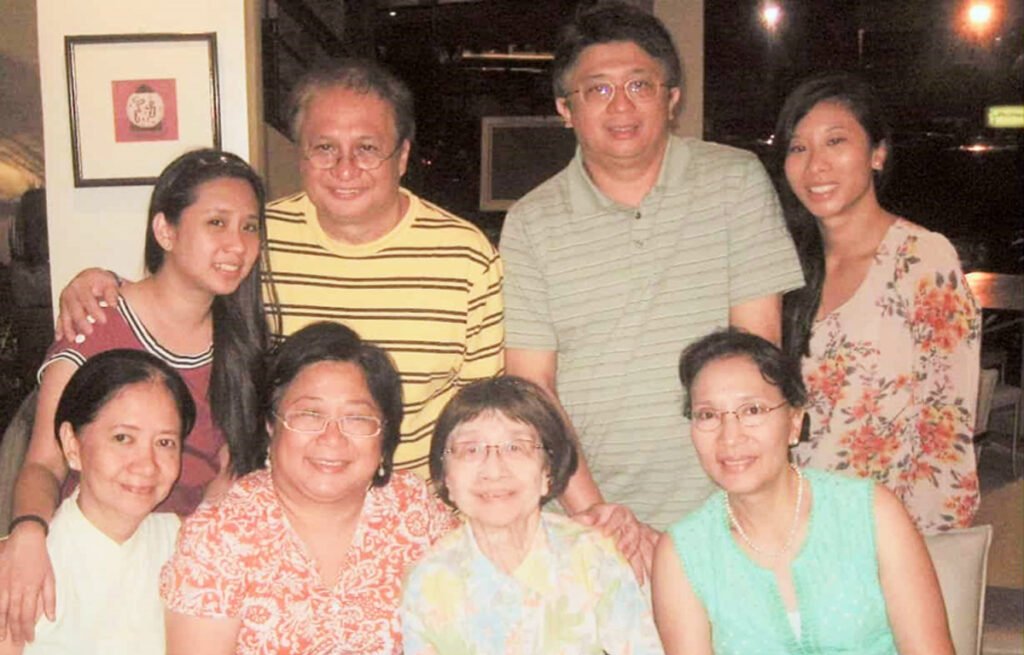
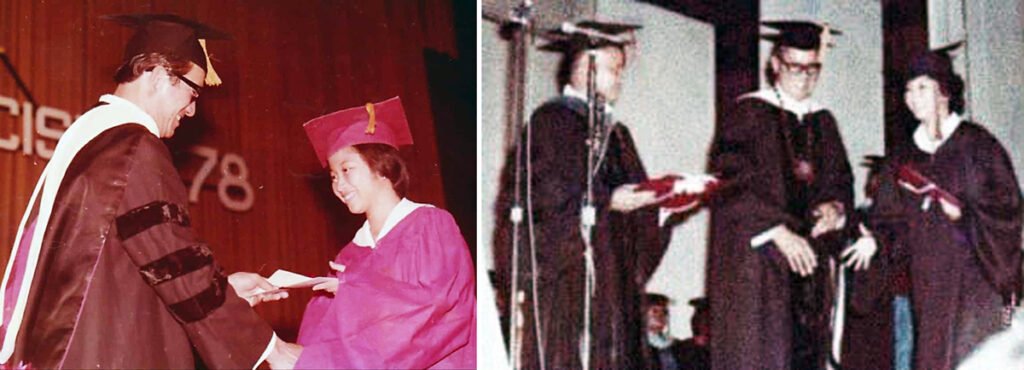
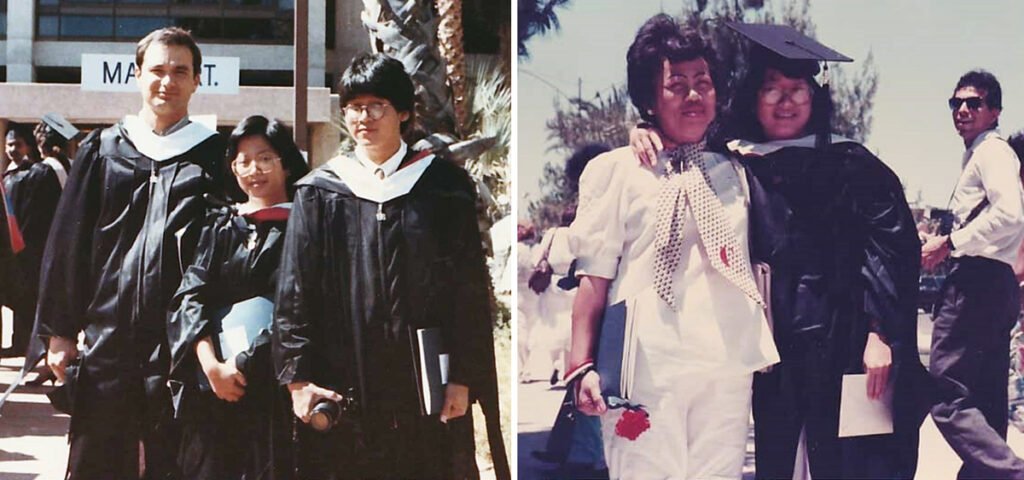
Silliman taught me the importance of writing stories about orphanages, old folks’ homes, and clinics in need of help to stay afloat, of sick kids needing funds for life-saving operations, and of looking out for the abused in need of justice.
What made you pursue higher studies at the University of Arizona?
My aunt Cecilia Anderson offered to finance my studies so it was an opportunity I could not pass up. I eventually got a scholarship, worked at the university library and made money as a freelance journalist writing features so, in the end, she did not have to spend too much for me.
What was most memorable about your journalism stay at Arizona?
I had really nice professors who urged us to get our stories published in newspapers there. So although I was in school, it was also like still working in the real world.
One of my professors offered to get me a permanent job there and could not seem to understand why I wanted to come home.
Marcos was just ousted at that time and times were exciting in the Philippines, I wanted to make a difference in my own country.
What do you consider as the challenges faced by community journalists a decade/s ago?
I guess writing stories that made the military during the Marcos years angry and, surviving those times, I had you as a mentor and you always reminded me to work at getting both sides and we would be fairly safe.
How did you become a Philippine Daily Inquirer writer?
PDI needed a correspondent from Negros and Rolly Espina asked me if I was interested – I said “yes.”
Can you share a career highlight that has made an impact in the community or something that you consider most gratifying? Why?
I guess our coverage of the Negros Nine trial – because it not only had an impact on Negros but on the country’s international relationships – remember how you sent me to the jail almost every day because, aside from looking for a story, we wanted to make sure they were okay and not salvaged.
I also learned a lot from the international journalists covering the trial.
But I guess more than the scoops, I am happy that this career has also given us the opportunity to help others – remember the many patients we used to write about to raise funds for hospital bills and operations?
There is more satisfaction in living a life not just for ourselves but for others.
Please summarize your current functions at Digicast Negros.
I’m a reporter and the editor of the Digicast Newsletter. A local journalist’s pay is barely enough to survive but, because I am able to also send the stories I use at Digicast to the Daily Inquirer, I can earn extra with no conflict of interest.
As an Outstanding Alumni awardee, what were your activities during the 2025 Foundation Day celebration?
I went to Edith Carson Hall, my dorm, where they had a congratulations sign up for me. There was a luncheon for the past and present alumni awardees, the Silliman parade and dinner with my high school classmates on Aug. 27.
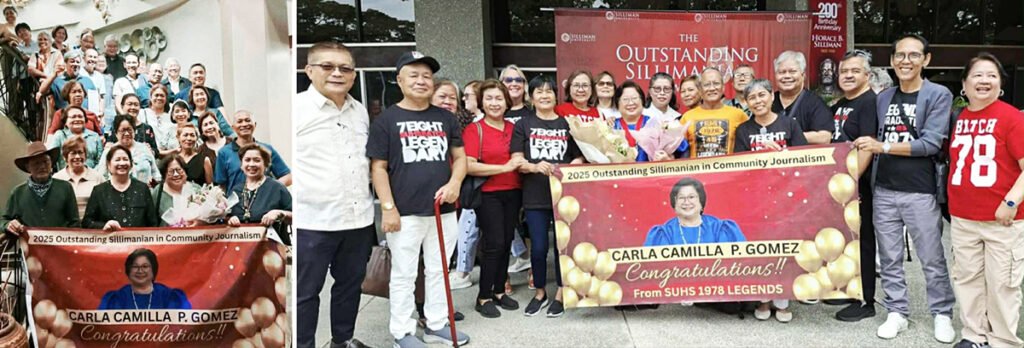
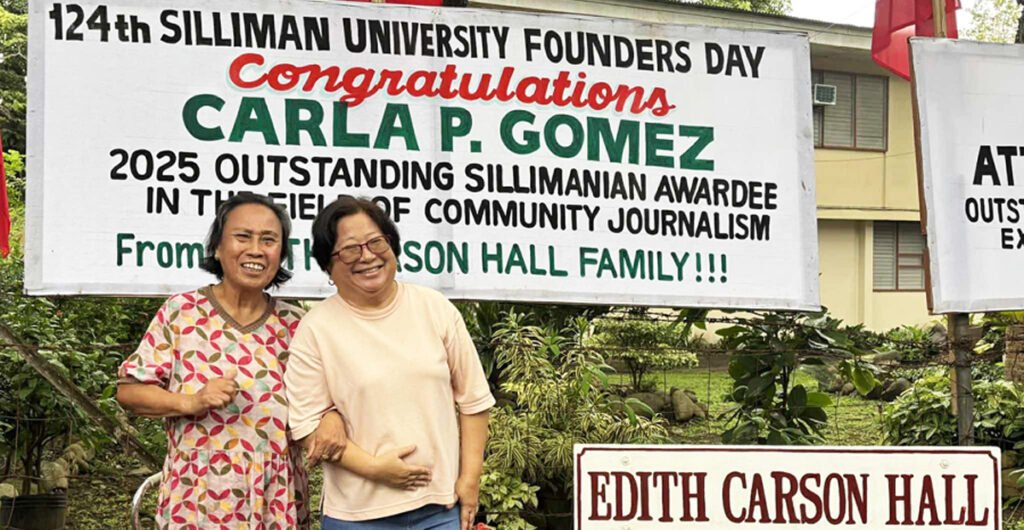
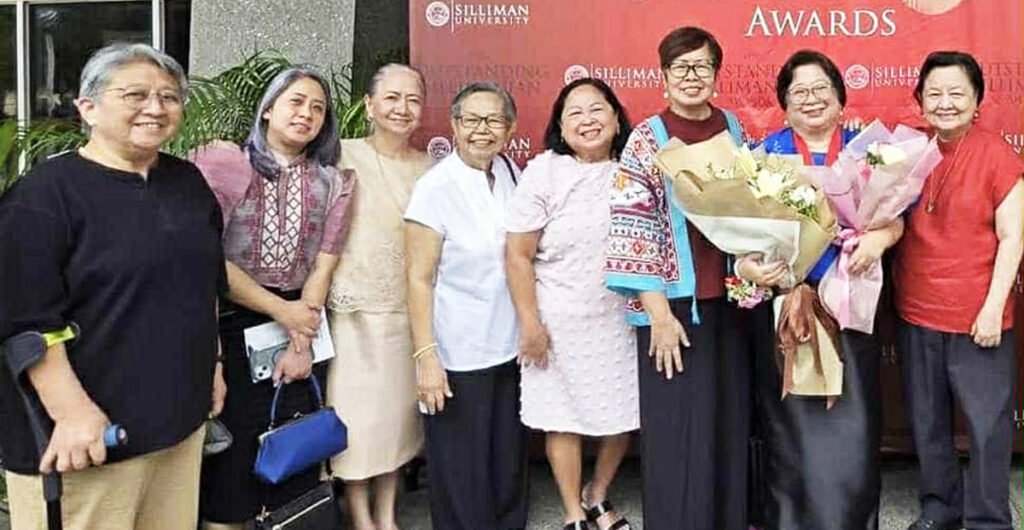
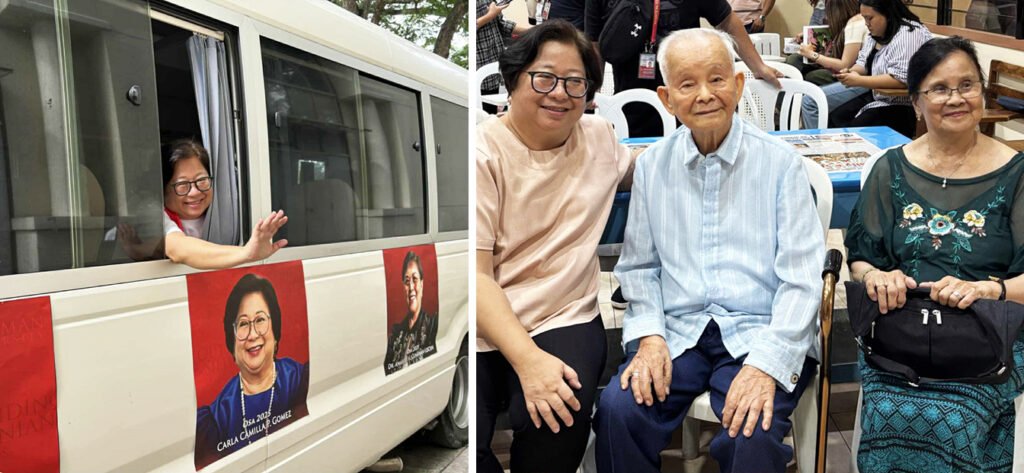
On the 28th the Outstanding Sillimanians placed flowers beneath the bust of Horace B. Silliman (founder of the university) since it was Founder’s Day and the awarding rites followed at the Luce Auditorium – it was fun because my high school classmates, dormmates, teachers, friends from Bacolod, and Bacolod Silliman alumni headed by Caesar Pacalioga, who nominated me, were all there.
There was a luncheon at the Silliman Library for the awardees and in the afternoon I joined a gathering at the College of Mass Communication I was happy to see, Dr. Crispin Maslog, now 94, my Journalism professor, there.
What does the Outstanding Alumni award mean to you?
It’s a nice feeling that your university has recognized your work.
If you were not a journalist, what would you be doing now?
Maybe I would have become a veterinarian or a gardener.
What is your message to aspiring journalists, especially in this Digital and AI Age?
Work hard, keep your integrity, be humble and keep your feet on the ground, as Ninfa (Leonardia) used to remind us – you are as good as your last story.
***
Carla has literally and figuratively gone a long distance – from those occasionally misspelled words, newsroom and deadline jitters as well as mental and physical fatigue that often hound newspaper cubs, or beginner reporters – and way farther than the over 12,500 kms. she travelled to earn her Journalism masteral degree in Tucson, Arizona or almost about the same distance to England to foster international understanding through the Rotary International Group Study Exchange program.
No one could have said it better than her friend, Millie Kilayko, a former newspaper editor, entrepreneur and civic leader, when she wrote a congratulatory message on her Facebook account:
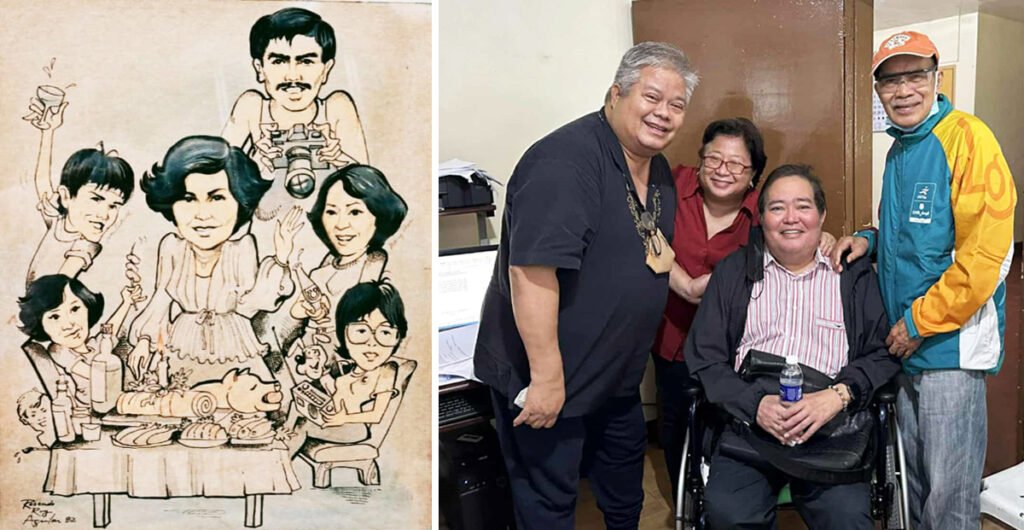
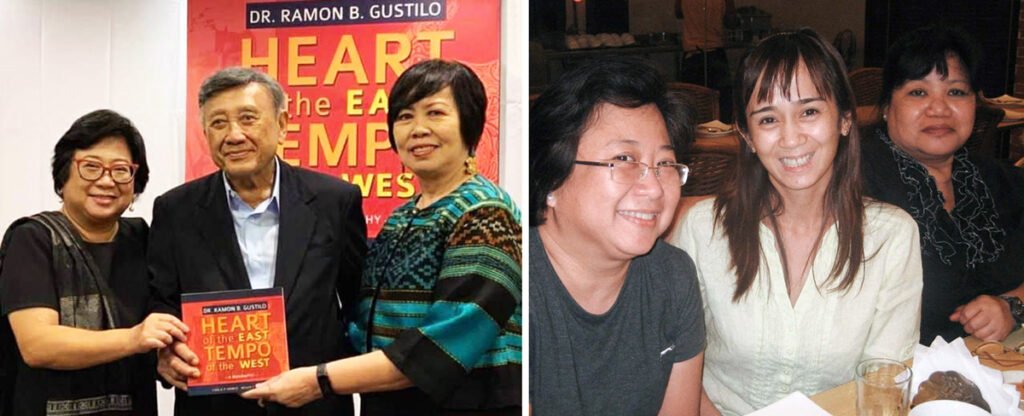
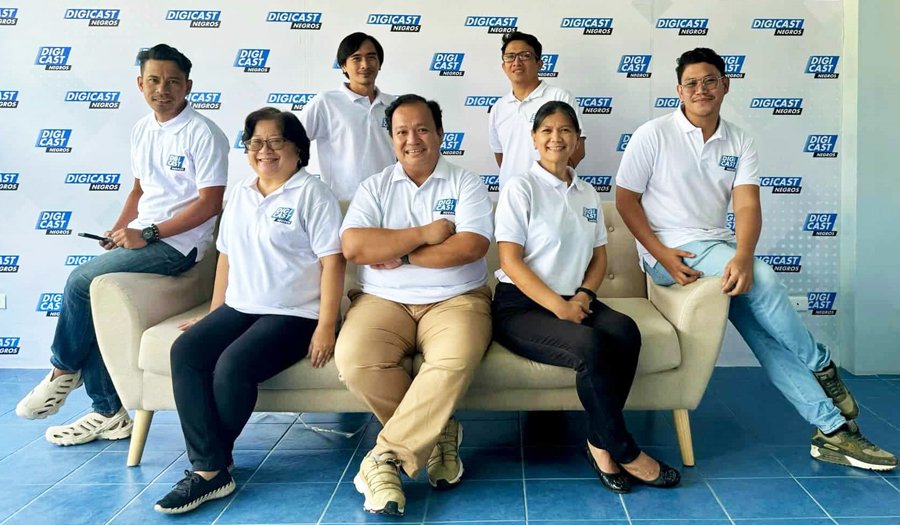
“Throughout our years of friendship with Carla P. Gomez, we’ve seen her both feared and sneered at because she’s been known to refuse envelopes in this age of envelopmental journalism. She has not received an envelope whether it contained a single note of cash or wads of them in exchange for a published story.
“Considered old school and outdated, she practiced her profession with moral integrity throughout her career which spans close to four decades. This earned her the Community Journalism Award from her alma mater Silliman University for living its Christian principles of Viva, Veritas, Vita (the Way, the Truth and the Life).
“Congratulations, Carla. You’re certainly not the richest journalist we know. And you never will be. But we’re proud of you. Even if and especially because you are considered a ‘dying breed.’”
And we, in her media circle of friends, add: “You have become the icon of community journalism in this part of the globe.” | NWI




